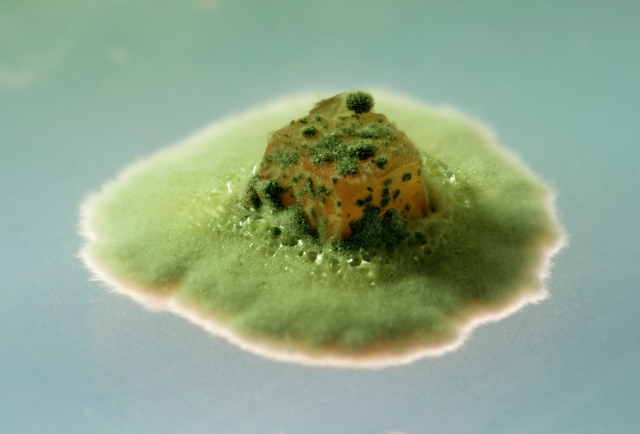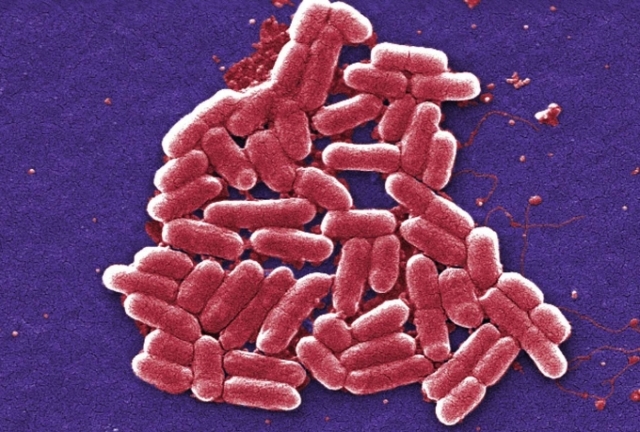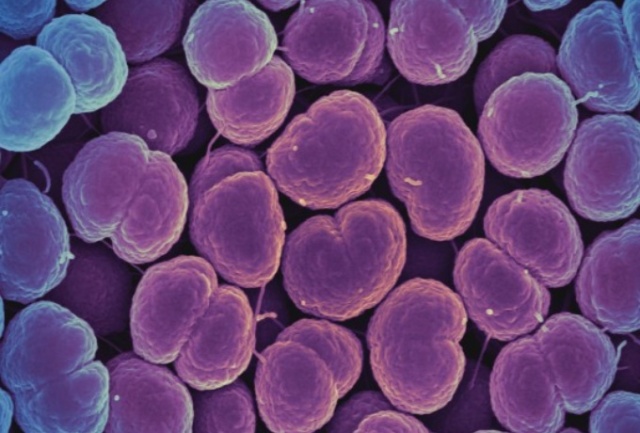By guest bloggers Sarah Greaves, Katherine MacInnes and Alex Stockham, IN-PART
For the first time in history, antimicrobial resistance was addressed recently by the United Nations (UN). In New York at the 71st General Assembly of the UN, all 193 member states signed up to combat this ever growing problem.
To fight what is said to be one of the biggest threats to 21st Century society, world leaders committed to a global, coordinated and multi-sector plan of action to not only increase the regulation of antimicrobial drug use but also to increase awareness of antimicrobial resistance and promote the development of alternative antimicrobial drugs.
This is only the fourth time in the history of the United Nations that a public health issue has been raised at a General Assembly. Previous meetings have covered HIV, non-communicable diseases (e.g. cardiovascular disease and cancer), and most recently Ebola.
Antimicrobial resistance (AMR) – where bacteria, viruses and parasites have rapidly evolved to survive exposure to antimicrobial agents – each year claims 700,000 lives. If no action is taken, by 2050 it is estimated that this number will rise to 10 million each year.

The economic burden of antimicrobial resistance is just as astonishing. In the US alone, AMR costs the healthcare system $20 billion. This is projected to increase to a staggering $100 trillionworldwide by 2050. These figures highlight the dire need for all-encompassing global action on antimicrobial resistance.
Antimicrobial resistance isn’t a new problem. Within 10 years of becoming the go-to antibiotic in the 1940s, microbial resistance to penicillin was so widespread that new antimicrobials were in urgent demand. The discovery of new agents and the subsequent swift increase in resistance continued up until the 1980s. After this, there was a dramatic decrease in the number of new antimicrobial drugs brought to market. This has led to the situation today, in which we coexist with multi-drug resistant ‘superbugs’.
– What’s in the pipeline?
The R&D Industry is starting to take notice of the urgent need for new antimicrobials. Merck has antimicrobial candidates in Phase III trials and one candidate under review, whilst AstraZeneca has candidate drugs in Phase II and III trials. Meanwhile, new biotech start-ups are joining the war on microbes, with Dublin-based Iterum Therapeutics licensing global rights to an anti-infective compound in March.
A comprehensive review of antimicrobial resistance, carried out between 2014 and 2016 at the request of the former UK Prime Minister, concluded that the development of alternatives to antibiotics will be vital for the fight against antimicrobial resistance. In this, ex-Goldman Sachs Chief Economist Jim O’Neill suggested providing government incentives for industry to conduct R&D on antibiotic development, and penalties for those that don’t. This could be a powerful tactic for governments to drive industry’s research priorities.

University researchers have for years been working in-line with the evolution of antimicrobial resistance. Many scientifically sound solutions have been conceived. However, many have fallen short of the marketplace due to a lack of interest from industry.
Collaboration between academics and businesses is crucial to combat the looming threat of antimicrobial resistance. This was exemplified by news earlier in 2016 of the first antibiotic for nearly 30 years being discovered – through a collaboration between Northeastern University and the University of Bonn, together with two pharmaceutical companies.
A number of alternative anti-microbial agents, as well as novel approaches to prevent microbes developing resistance, have already been conceived by a number of academic researchers. Below are six such innovations that have been published on IN-PART. All actively seek collaboration with industry to further develop and commercialise these next-generation antimicrobial agents.
Disarming Antibiotic-Resistant Bacteria
Many current antimicrobial drugs work by killing the disease-causing microbes. This results in resistant strains being selected for, which in time renders the treatment useless. Researchers at a university in Japan have devised a technique to disarm bacteria without killing them. This strategy renders the bacteria unable to cause disease and so avoids the selection of resistant strains. This technology could potentially act as a cure for patients who suffer from multi-drug-resistant and pan-resistant bacterial infections, as well as in slowing the evolution and spread of drug-resistant genes.
Read the full technology article here.
Biomimetic Antibacterials

As the saying goes: ‘The enemy of my enemy is my friend’. Viruses that specifically target and kill bacteria have been used in eastern Europe to treat bacterial infections for decades. Recently, academics from the US have identified a class of proteins that are used by these viruses to exit and therefore kill their bacterial host. These proteins are highly effective at killing specific bacteria and bacteria have shown little chance of developing resistance in previous studies.
Read more about the antibacterials here.
Making Last Resort Drugs Safe
After all other drugs have failed physicians will turn to the antimicrobials of last resort. These drugs are often the most effective but also the most toxic. University researchers in the UK have developed a way to reduce the toxicity of these drugs without decreasing their efficacy. Using polymer-conjugate technology, their ‘nanoantibiotics’ allow the delivery of high concentrations of antibiotics locally to sites of inflammation. It is proposed that targeted delivery could also dampen the development of antimicrobial resistance to these drugs of last resort.
Learn more about these nano antibiotics here.
A Method to Discover New Antimicrobial Drugs

In the UK, scientists are looking to tackle the dried up antibiotic development pipeline using in silico discovery methods. Researchers have developed an important piece of software that canidentify possible drug binding sites on RNA. The tech should help drug developers select sites where the RNA activity in a bacterium could be inhibited, and provide a starting point for the design of new antibiotics.
Read more the system here.
A New Compound for Bacillary Dysentery and Crohn’s Disease
Scottish researchers have zeroed in on the gut microbiome and elucidated the role that drug-resistant bacteria play in dysentery and Crohn’s disease. Crohn’s disease is complex and not fully understood, but one known contributing factor is antibiotic resistant strains of E. coli. The researchers have successfully found an inhibitor, not just of the resistant E. coli, but also of the Shigella bacterium that causes bacillary dysentery. It’s believed that the compound could also provide a vital second line of defence against Shigella.
Full article available for industry review here.
Combatting New-Born Blindness from Gonorrhoea

Strains of Gonorrhoea have emerged with high resistance to azithromycin, the first port of call for the STI, leaving only one other antibiotic in a doctor’s arsenal. Academic scientists in London have been looking into one issue associated with the infection – the transmission of the bacteria from mother to child at birth. The generational jump leads to severe eye infections, and ultimately blindness, in the new-born. Thankfully, the London researchers have stepped in and developed a successful non-antibiotic treatment that doesn’t irritate the baby’s eyes.
Follow this link to read more.
-Written by Sarah Greaves, Katherine MacInnes, and Alex Stockham
About IN-PART:
IN-PART is a global university-industry collaboration platform. Working with 70 institutions in the UK, USA, Europe, Japan and Australia, IN-PART connects academic researchers with relevant professionals in industry for collaborative R&D and commercialisation. Access to IN-PART, and its platform to connect directly with university innovations, is free and exclusive for industry professionals – in-part.com/register